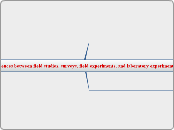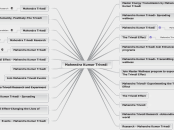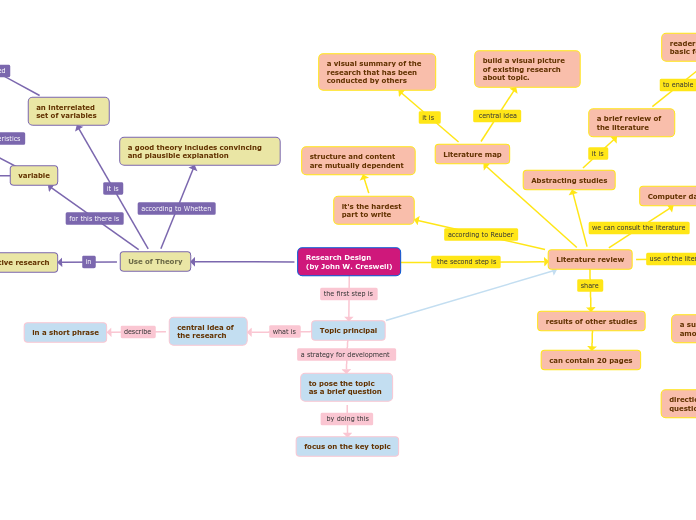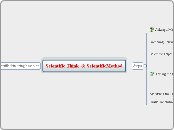realizată de Mary Lou Doucette 17 ani în urmă
10879
Differences between field studies, surveys, field experiments, and laboratory experiments
Different research methodologies are employed to study organizational climate and job satisfaction, each with distinct characteristics and purposes. Surveys are used to gather descriptive data and explore relationships without manipulating variables, involving direct interaction with respondents.









